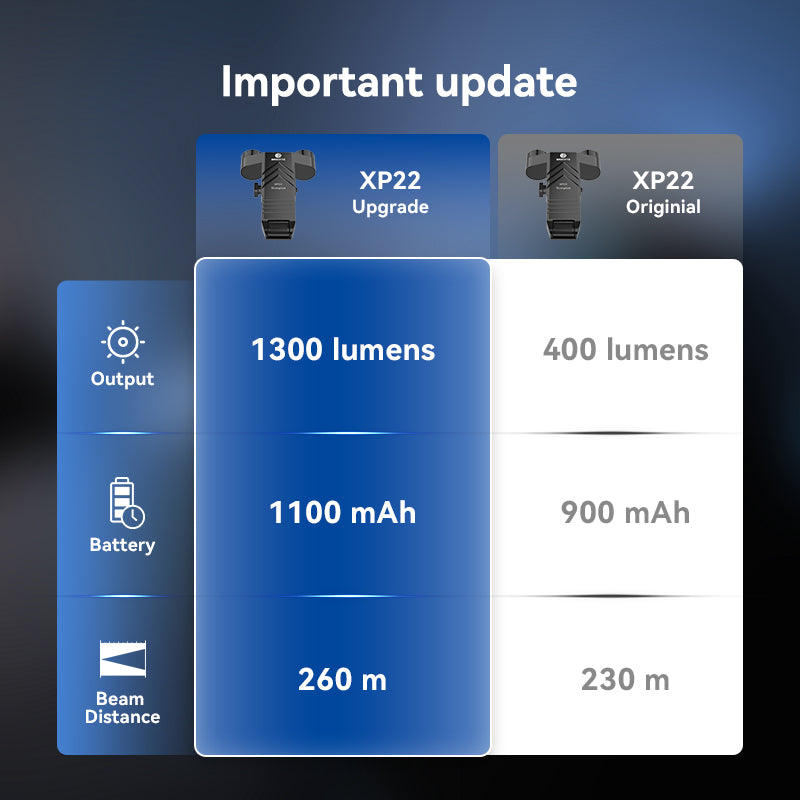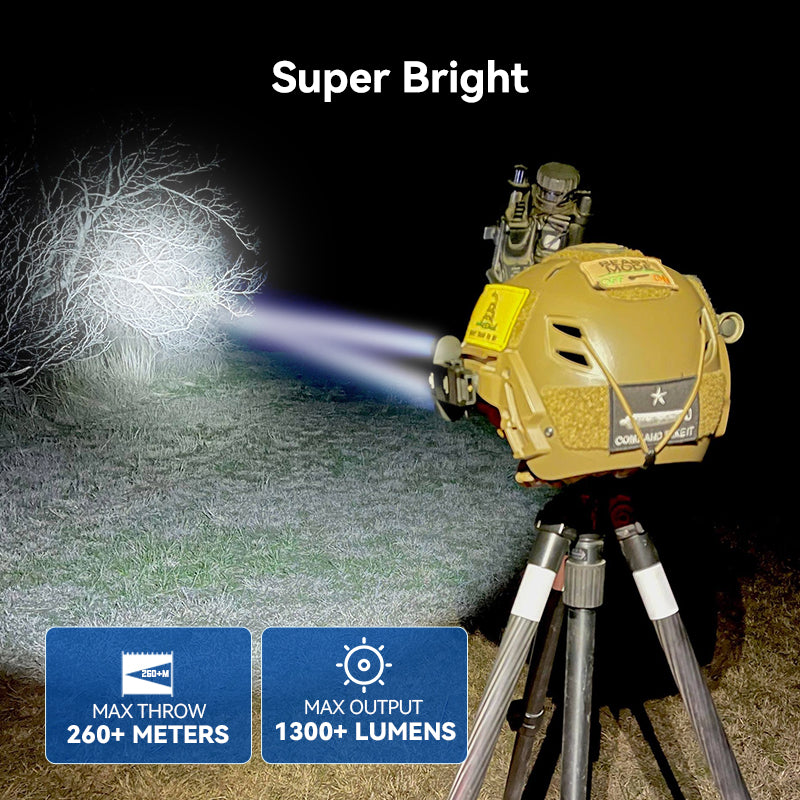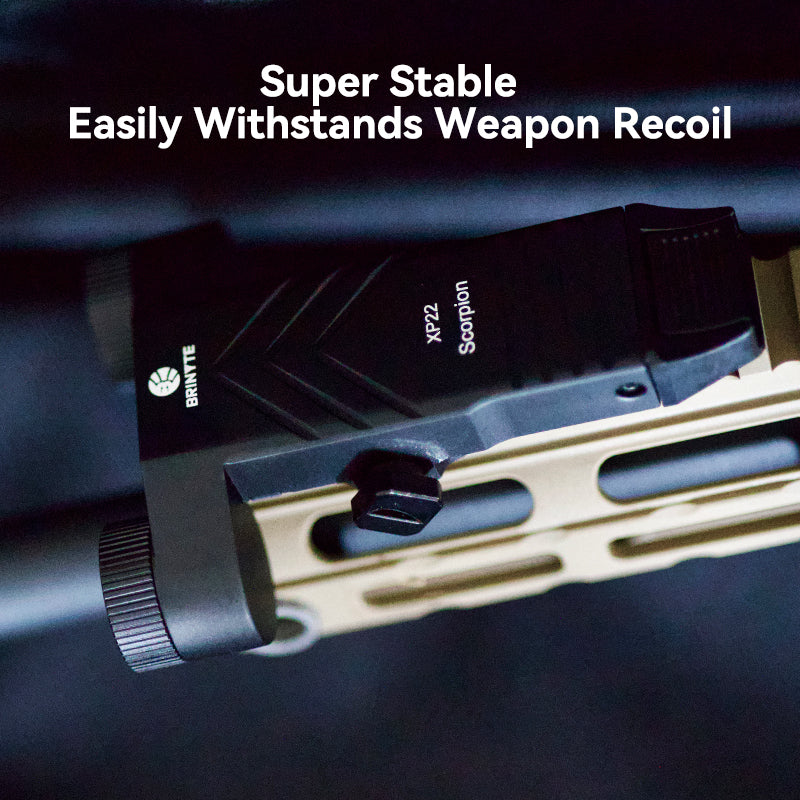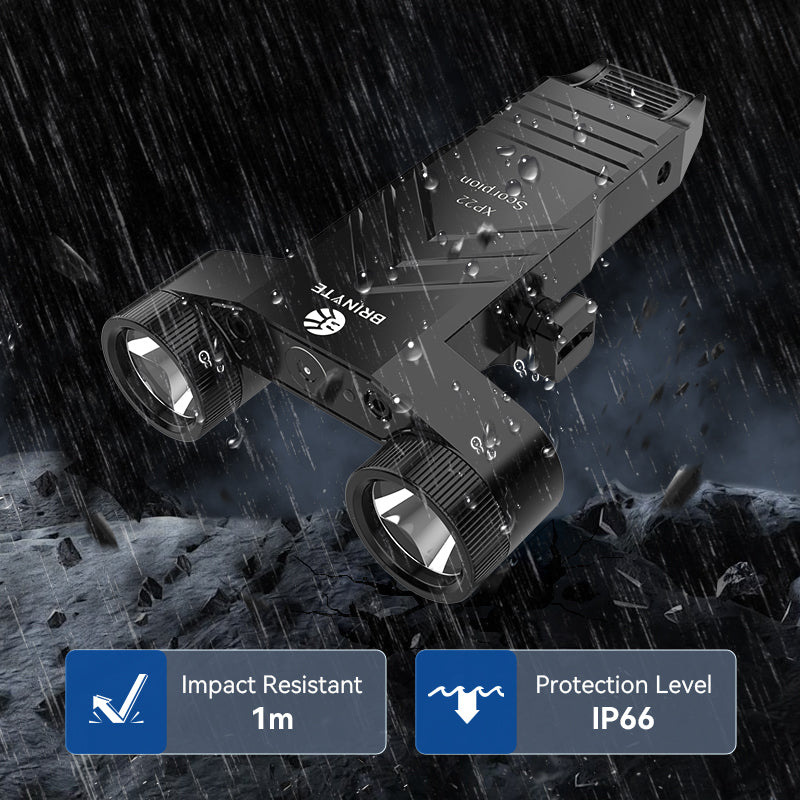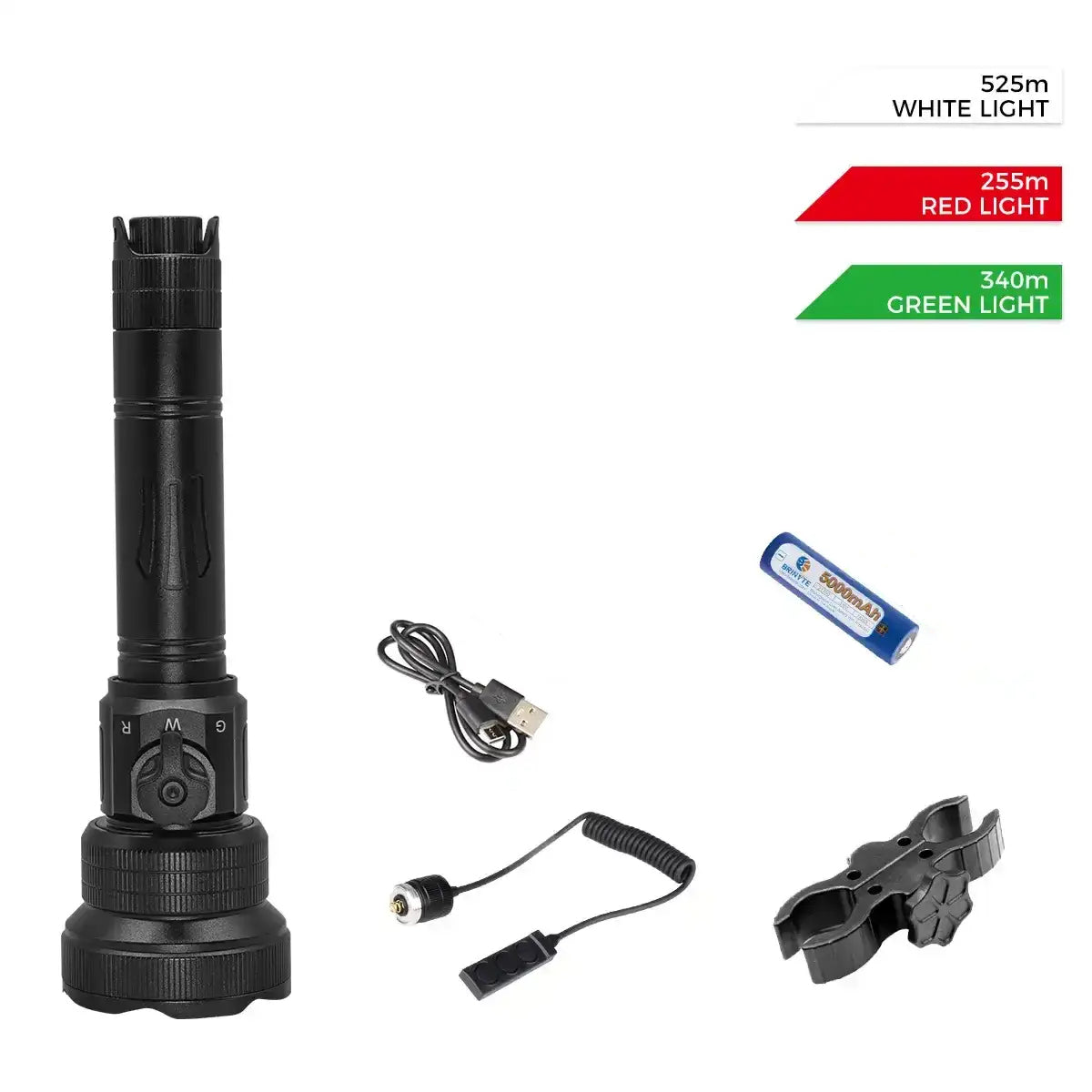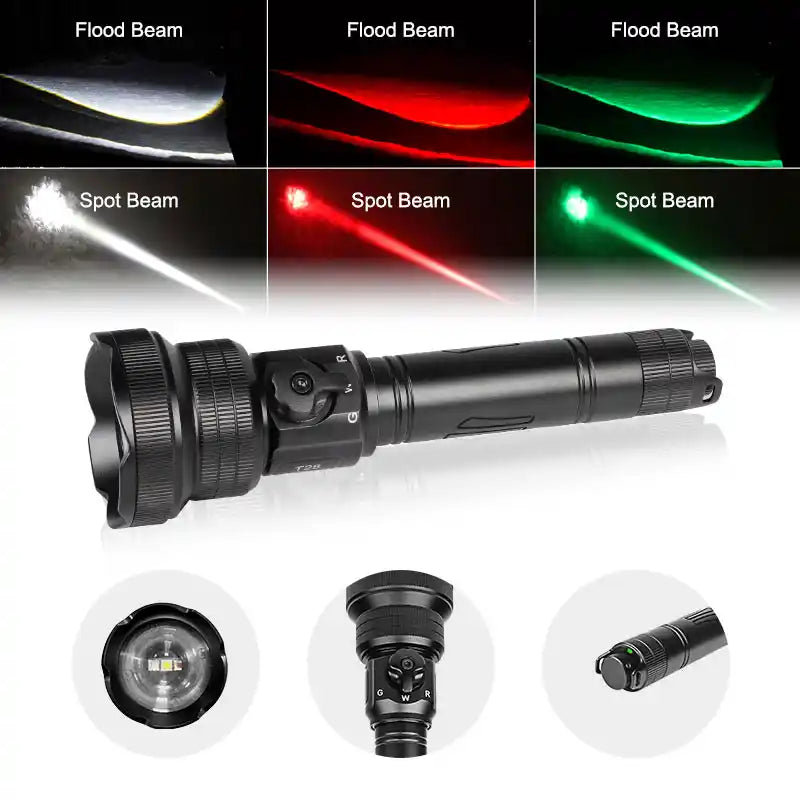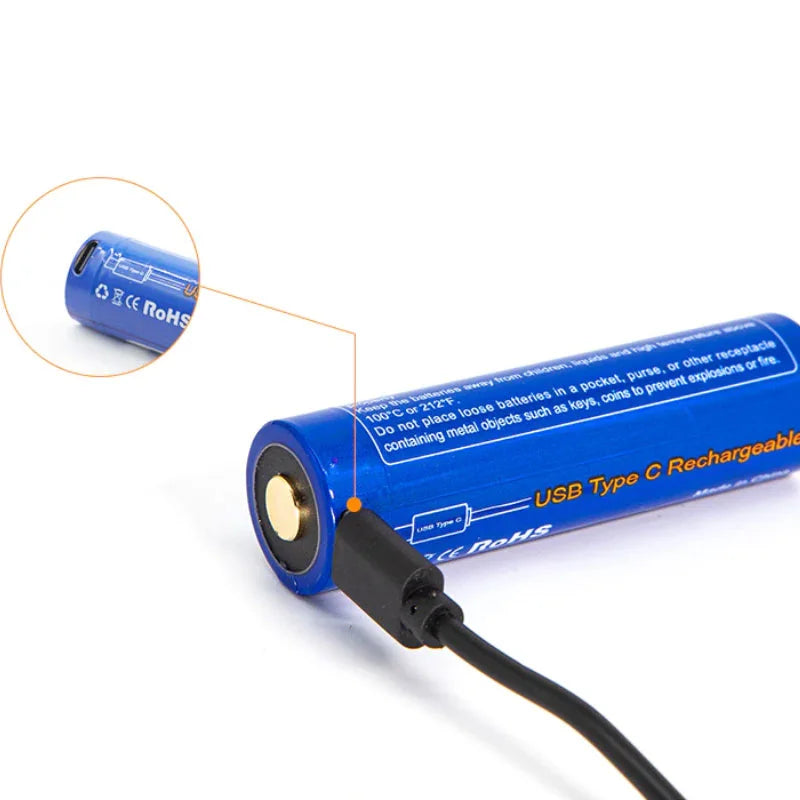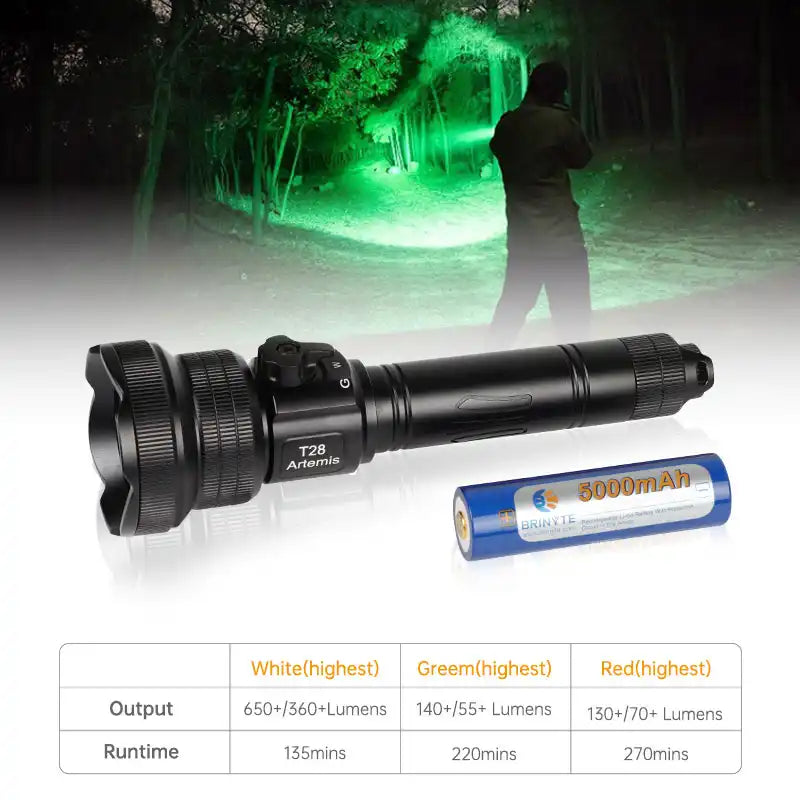In modern society, with the rapid development of science and technology, every small item in our lives carries the dual meaning of history and innovation. Battery flashlight, this widely used lighting tool, plays an indispensable role whether in outdoor adventures, night operations or daily household use. Today, we’ll take a closer look at the history, technological development, practical features, and impact of battery-powered flashlights on modern life.
1. Historical evolution of battery flashlights
The birth of battery flashlights can be traced back to the late 19th century. The original flashlights used dry batteries and small incandescent bulbs. Due to the limited capacity of early batteries, the flashlights could only emit a weak light. However, it was this portable light source that opened a new chapter in nocturnal activities in human history.
In the 20th century, with the advancement of battery technology and light bulb technology, flashlights began to become increasingly popular. Especially during World War II, flashlights became an important tool for soldiers and civilians during nighttime activities. After the war, as plastic materials became more common, flashlights became lighter, cheaper, and more widely available.
2. Technological innovation: the rise of LED
At the beginning of the 21st century, with the maturity of LED (light-emitting diode) technology, the development of flashlights ushered in a revolutionary breakthrough. Compared with traditional incandescent lights, LEDs are not only more durable, but also more efficient and consume less energy. A small LED lamp bead can emit stronger light than a large incandescent bulb and generate almost no heat, greatly extending the service life of the battery.
Most of the battery flashlights on the market now use rechargeable batteries, such as lithium batteries, which are not only environmentally friendly, but also provide longer lighting. In addition, modern flashlights usually have multiple mode settings, including high brightness, low brightness, strobe, etc., to adapt to different environments and needs.
3. The versatility of battery flashlights
Battery flashlights may be small, but they are very powerful. In addition to basic lighting functions, they are often waterproof, shockproof and even explosion-proof, making them ideal for outdoor activities. Some high-end flashlights even integrate high-tech functions such as SOS distress signal transmission and infrared night vision, providing extra safety for wild adventures and emergencies.

In addition, with the development of smart technology, some flashlights can already connect to mobile phones via Bluetooth or Wi-Fi to achieve remote control and customized personalized settings, making use more convenient and smart.
4. Impact on modern life
In daily life, battery flashlight is not only an emergency lighting tool, but also a symbol of security. Whether it’s a power outage at night or a night drive on a road trip, a reliable flashlight can provide light and peace of mind. Its existence allows us to stay calm and find a safe way out when facing natural disasters or other emergencies.
5. Future Outlook
With the continuous advancement of technology, future battery flashlights will be more intelligent and multifunctional. For example, future flashlights may integrate more environmental sensors, such as gas detection, temperature sensing, etc., to become a multi-functional survival tool. At the same time, with the development of new materials and new energy technologies, flashlights may become smaller, have more powerful light sources, and be more energy-saving and environmentally friendly.
The development of battery flashlights not only reflects the progress of science and technology, but also reflects human beings' needs for light and safety. In the future, it will continue to follow the pace of technology and bring more light and convenience to our lives.



